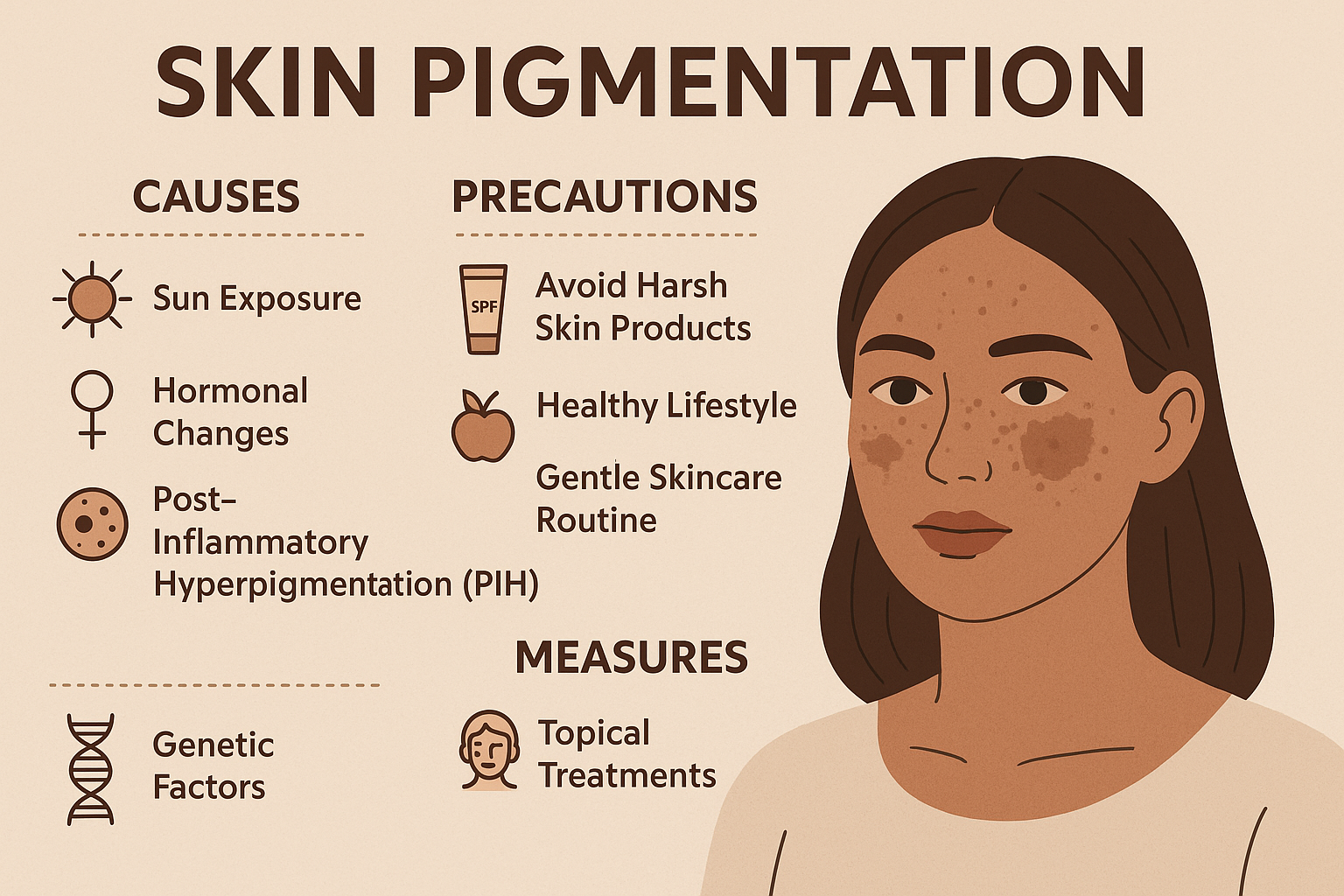Fruits can be a healthy addition to the diet of individuals with diabetes, but it’s important to choose fruits that are lower in sugar and higher in fiber to help manage blood sugar levels. Some fruits have a lower glycemic index (GI), meaning they cause a slower and more gradual rise in blood sugar levels.
Berries such as strawberries, blueberries, raspberries, and blackberries are excellent choices for people with diabetes due to their low GI and high fiber content. They are packed with antioxidants, vitamins, and minerals while containing relatively fewer carbohydrates compared to other fruits.
Citrus fruits like oranges, grapefruits, and lemons are also good options as they are low in sugar and high in fiber and vitamin C. Their natural sweetness can satisfy cravings for something sweet without causing a significant spike in blood sugar levels.
Apples and pears are high-fiber fruits that can be beneficial for individuals with diabetes. Eating these fruits with the skin on provides additional fiber, which helps regulate blood sugar levels and promotes digestive health.
While fruits are nutritious, portion control is essential for managing diabetes. It’s important to be mindful of serving sizes and monitor blood sugar levels to determine how different fruits affect individual glycemic responses. Consulting with a healthcare professional or a registered dietitian can provide personalized guidance on incorporating fruits into a diabetes-friendly diet.






